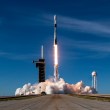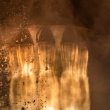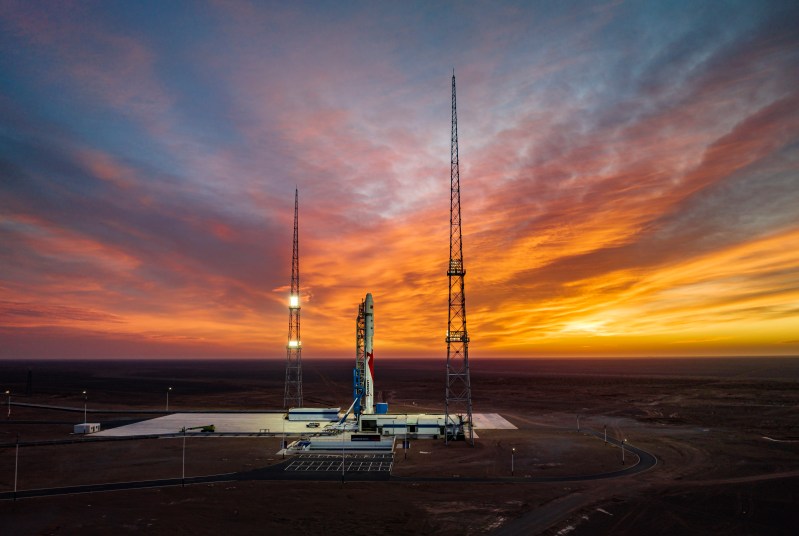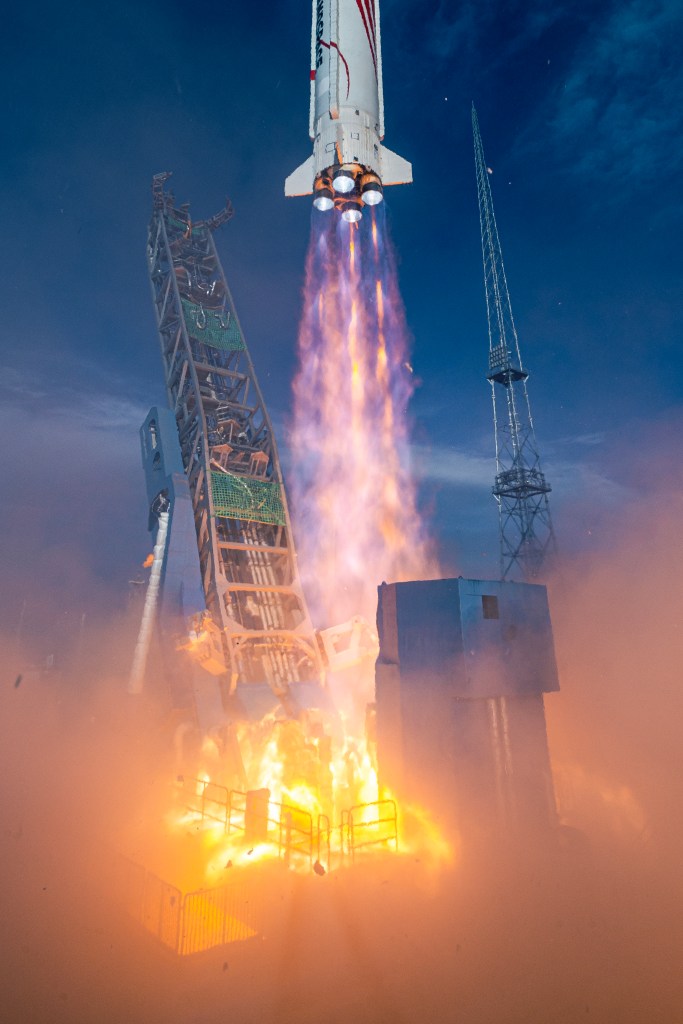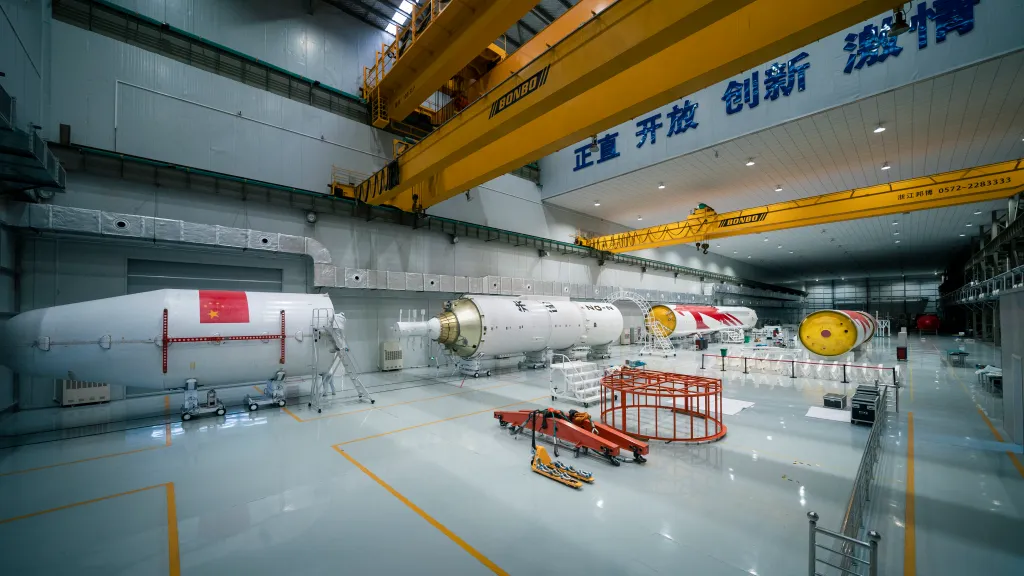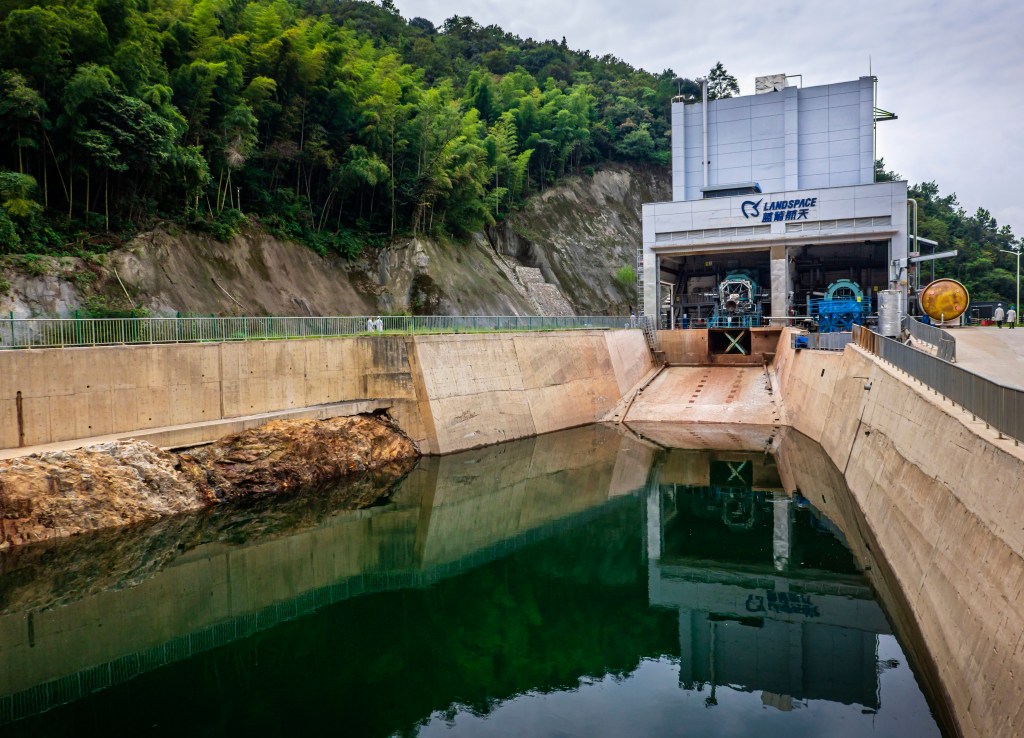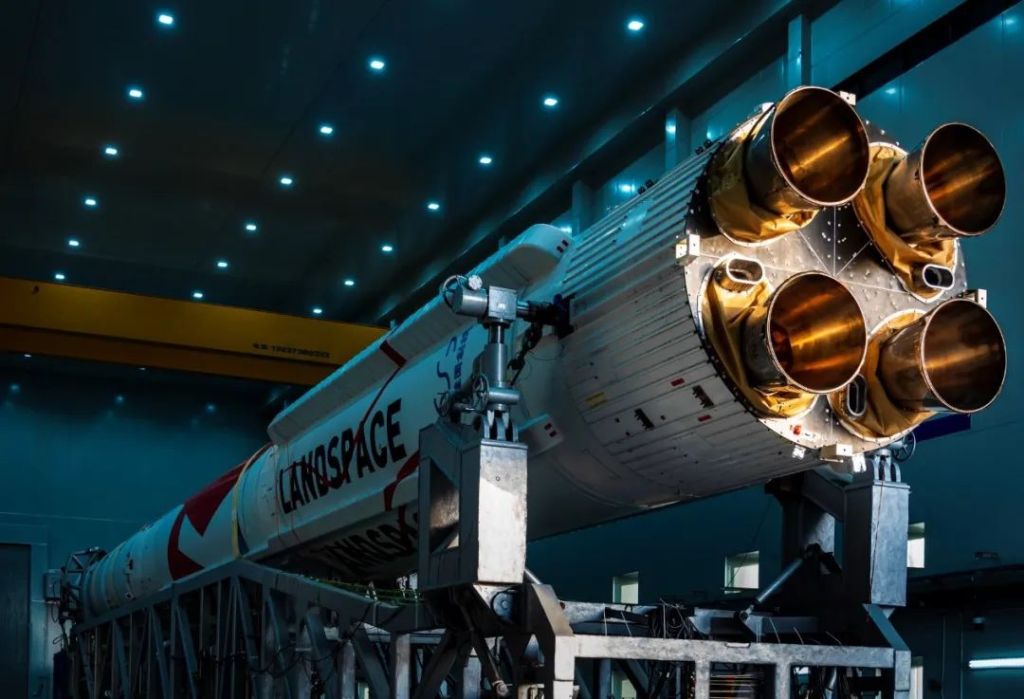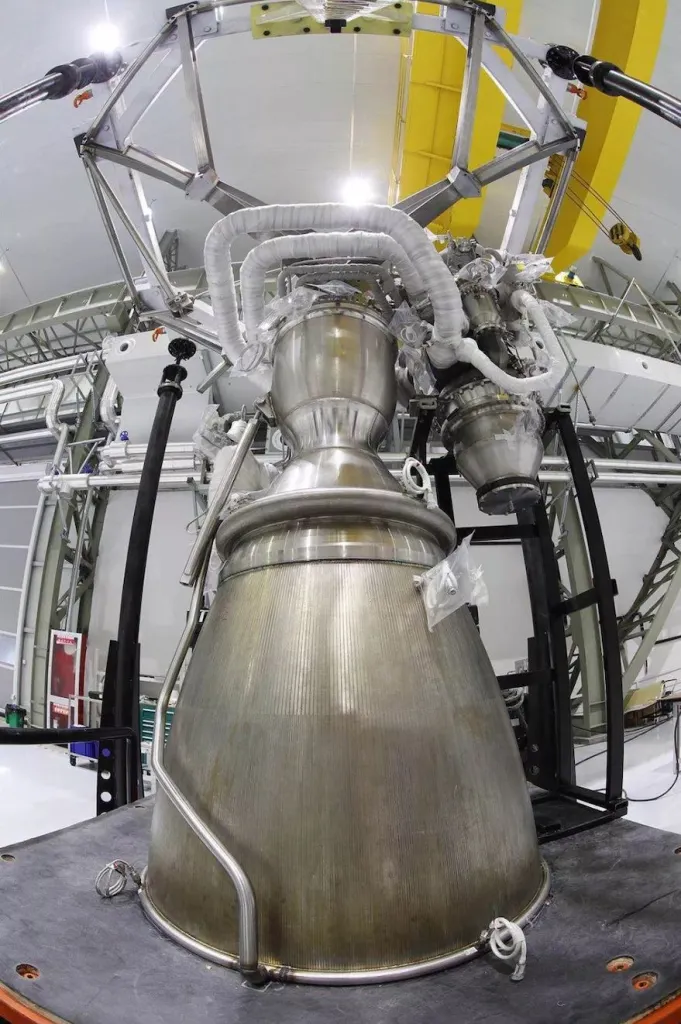Credit: LandSpace Technology
Liftoff Time | July 12, 2023 – 1:00 UTC | 9:00 BJT |
|---|---|
Mission Name | Second Flight |
Launch Provider | LandSpace Technology |
Customer | LandSpace Technology |
Rocket | ZhuQue-2 (ZQ-2), also known as Suzaku-2 |
Launch Location | Launch Complex 96 (LC-96) at the Jiuquan Satellite Launch Center (JSLC), in the Gobi Desert, China |
Payload mass | No payload on this flight |
Where did the rocket go? | To a Sun-synchronous orbit (SSO), with the second stage reaching a 431×461 km (~268×286 mi) orbit at 97.3 degrees inclination |
Did they attempt to recover the first stage? | No. ZhuQue-2 does not have this capability |
Where did the first stage land? | It crashed on Chinese territory |
Did they attempt to recover the fairings? | No. ZhuQue-2 does not have this capability |
Were these fairings new? | Yes |
This was the: | – 2nd mission for the ZhuQue-2 overall – 1st mission for the ZhuQue-2 in 2023 – 3rd mission for LandSpace overall – 1st mission for LandSpace in 2023 – 102nd orbital launch attempt in 2023 |
Where to watch | Official clip from the launch |
How Did It Go?
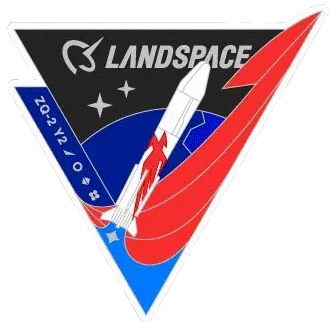
LandSpace Technology successfully launched the second ZhuQue-2 (ZQ-2) rocket in an attempt to reach orbit. This Second Flight lifted off from Launch Complex 96 (LC-96), at the Jiuquan Satellite Launch Center (JSLC), China, similarly to ZQ-2’s maiden flight. There was no payload on this flight, as its goal was to demonstrate the vehicle’s orbital capability.
After a nominal flight, the second stage of the rocket reached a Sun-synchronous orbit (SSO) with a perigee of 431 km (~268 mi), an apogee of 461 km (~286 mi), and an inclination of 97.3 degrees. Additionally, this made LandSpace’s launcher the first one to reach orbit running on methane and liquid oxygen (LOx) — a propellant combination known as methalox.
ZQ-2’s Second Flight
Due to the tendency of Chinese spaceflight-related entities to share information only after a launch has happened, there was almost nothing known about this second flight’s passengers prior to its launch. That is, mostly from analyzing air traffic restrictions we knew the rocket was going to a SSO, and the approximate liftoff time. And as it turned out, there was only a mass simulator atop the second stage of the rocket.
As could be seen in a video about ZhuQue-2’s rollout, published by LandSpace on its social media, the side of the rocket displays the phrase “Bringing Green Power to Life.” This appears to be the slogan of another company, which, at the moment, left some room to doubt: could it be a sponsor or is said company involved in this flight in a different way? Even if this answer have not been directly answered, everything seems to point at the former option.
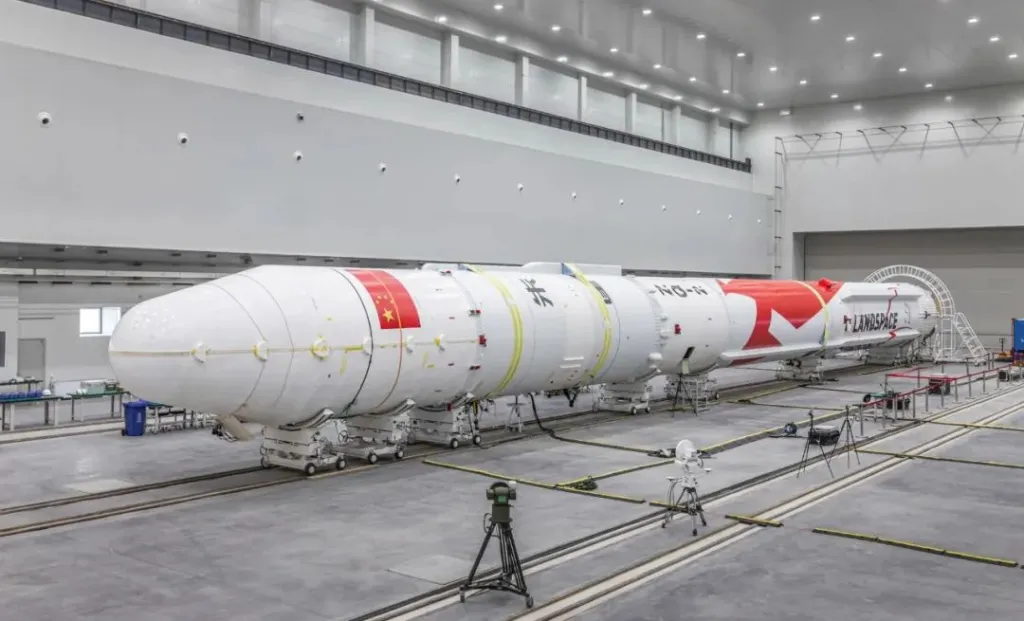
Maiden Flight’s Anomaly
In any case, LandSpace is aiming to finally reach orbit, which they failed to do as we commented on our article on ZhuQue-2’s maiden flight. Back then, the rocket successfully went through a number of milestones, including a good stage separation, fairing jettisoning, and second stage engines’ ignition. It was, however, when the shut down sequence of stage two’s engines kicked in that an anomaly doomed the flight.
Accordingly to protocol, an investigation committee studied the telemetry data from the failed launch, performed computational simulation, and carried out ground tests attempting to replicate this flight’s conditions. As a result, on March 8, 2023 the company published the conclusions: the failure was understood, replicated, and corrective measures were proposed.
Technical Bits
On the second stage of the ZQ-2 Y1, there were two engines present: a single non-gimballing, vacuum-adapted Tianque-12 (TQ-12), and a four-chambered Tianque-11 (TQ-11) for maneuvering (attitude control). Shutdown of the TQ-12 happens quite some time before that of the TQ-11, which has to provide the last ~2 km/s (~1.25 mi/s) in velocity to get into orbit. This would have certainly been within the normal and planned. On the contrary, this engine shut down together with the vacuum TQ-12 during this flight.
Investigators found out, as has been noted, that the low-pressure section of the LOx turbopump broke when the TQ-12 finished its burn. Such a failure took place because of an effect known as water hammer. Instead of water, it was the LOx which carried the destructive pressure wave. Typically, such a wave comes from an abrupt stop to the flow, e.g. by a valve suddenly closing. When the LOx hammer reached said section of the turbopump, its insufficient strength could not prevent the rupture, and therefore the anomalous shut-down of the TQ-11.
With this in mind, the corrective measures the company decided to apply are:
- Improving the strength of the lower pressure section of the turbopump, and
- Implementing changes to mitigate the water hammer effect when the TQ-12 shuts down.
LandSpace
北京蓝箭空间科技有限公司, or Lanjian Kongjian Keji YG, “Blue Arrow Space Tech Co.”, is also known as LandSpace Technology in English. Headquartered in Beijing, it claims to be the first Chinese private company with full access qualifications, as well as the first to launch a fully private rocket: the ZhuQue-1 — a three-staged small-lift solid propelled launch vehicle. In spite of launching it only once, and unsuccessfully so, in a bold move the company decided to focus on the ZhuQue-2 — a remarkably different launcher. Unfortunately, ZQ-2’s maiden flight suffered a similar fate, but LandSpace remains committed to retrying and to aim at full reusability in the future, as stated on their website.
Not only does this company develop and manufacture rockets and their engines, but it also provides launch services. In order to do so, it counts with a series of facilities, besides its headquarters. One of them is its rocket assembly plant located in Jiaxing, while in Huzhou another one is found, though dedicated to engine manufacturing. In addition to these, other research and development centers, test centers, and even facilities at Jiuquan contribute to their activities.
Methalox Race To Orbit
As mentioned before, the ZhuQue-2 has a good shot at becoming the very first rocket to achieve orbit using methane-fueled propulsion. Such a propellant seems to be a sound choice because of generating less soot when burnt. Like this, it is in line with LandSpace’s green approach, as well as with full reusability. A cleaner flame leaves less carbon deposits on the engine’s interior, requiring less maintenance for that reason. Additionally, it is denser than hydrogen, storing more energy in the same volume.
Two other quite remarkable contenders are also attempting the same feat, albeit one of them already stood down from it: Relativity Space’s Terran 1. Of a smaller size compared to the ZQ-2, its most distinctive trait was featuring over 85 % of its mass manufactured via 3D printing. It performed the mission Good Luck, Have Fun, and then the company retired it, moving on to the partially reusable Terran R, still in development.
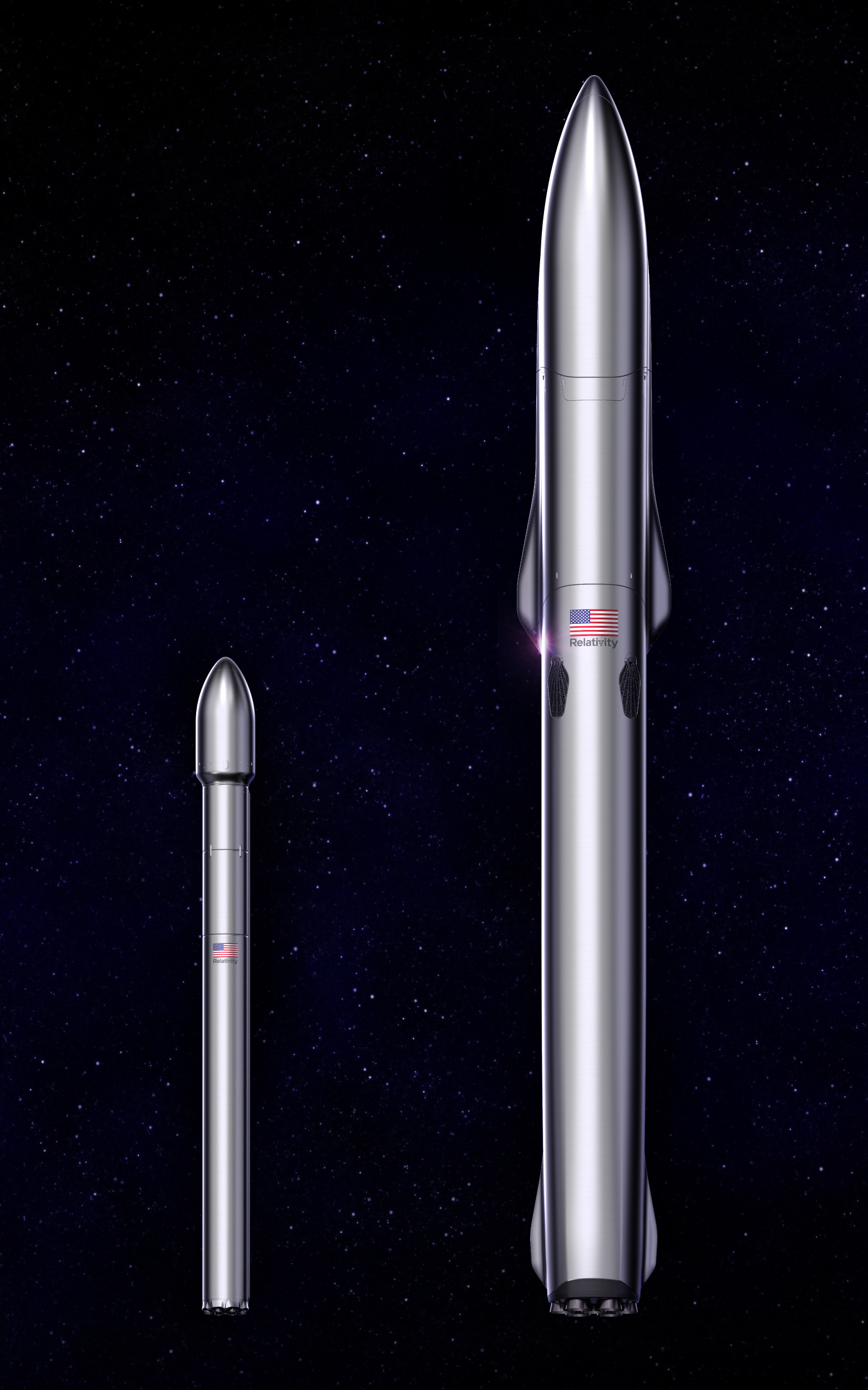
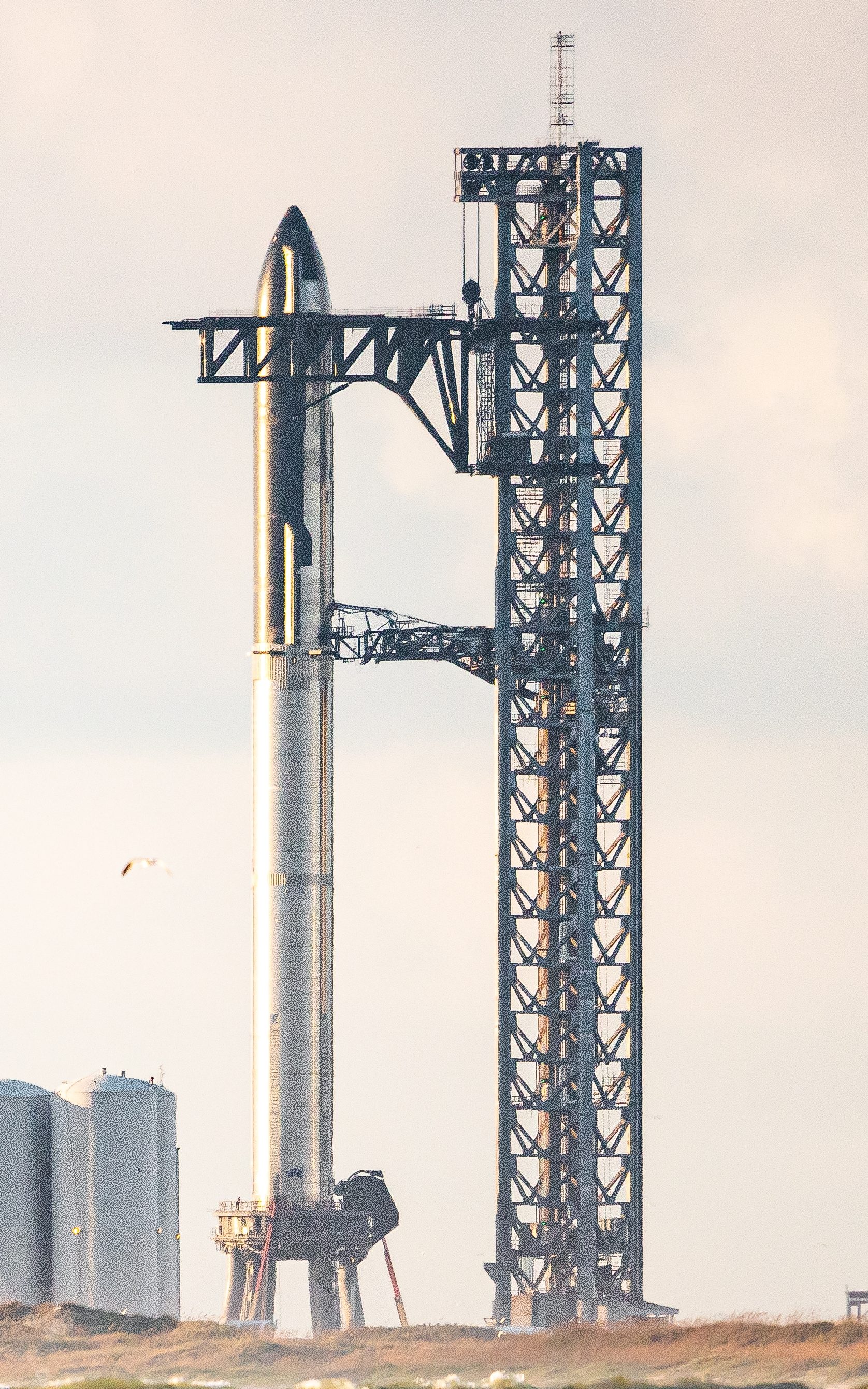
Another very popular contender is no less than SpaceX’s Starship: a super heavy-lift rocket which is also aiming at full reusability. Comparatively, its development is a lot more public, with a myriad of tests being livestreamed — even if by third parties. You can also follow what is going on with this program in our live updates on Starship Orbital Launch #2. Nevertheless, this launch vehicle flew not long ago in its Starship Flight Test, and without reaching orbital conditions.
In sum, with no other methalox launcher having reached orbit, the ZhuQue-2 made history through this mission.
What Is The ZhuQue-2?
Considered the biggest Chinese private rocket, the ZhuQue-2 is also the first to run on liquid propellants, and specifically on metalox — always speaking of the Chinese private sector. It is a two-stage, expendable medium-lift launch vehicle similarly capable as the Long March 2C. From different images, the rocket certainly looks to be built in metal, with its skin being both structure and tank.
Further, 英語, ZhuQue, means Vermilion Bird, and is one of four Chinese mythological beasts. These are represented in their own constellations. Together with the other three, it is considered a guardian of the cardinal points, the south, and associated with the element of fire. In Japanese, Suzaku is the name of this same bird.
| Height [m (ft)] | 49.5 (~162) |
| Diameter [m (ft)] | 3.35 (~11) |
| Fairing diameter [m (ft)] | 3.35 (~11) |
| Liftoff mass [kg (lb)] | 219,000 (~486,000) |
| Liftoff thrust [kN (lbf)] | 2,628 (~591,000) |
| Mass to LEO* [kg (lb)] | 6,000 (~13,300) |
| Mass to SSO** [kg (lb)] | 4,000 (~8,900) |
** 500 km (~310 mi)
First stage
It houses a Tianque-13 engine, which is another designation for a set of four gimballing Tianque-12 engines bundled together. LandSpace developed it in-house, making it run on the gas-generator cycle. Its name means magpie.
| Height [m (ft)] | 3.6 (~12) |
| Outlet diameter [m (ft)] | 1.5 (~5) |
| Expansion ratio [-] | 40:1 |
| Thrust* [kN (lbf)] | 784 (~176,000) |
| Specific impulse* [s] | 350 |
LandSpace is already developing the TQ-12A, featuring 100 kg (~220 lb) less in mass, 9 % increased thrust, and a higher specific impulse by 4 s.
Second stage
On this stage, the power plant consists of a vacuum-adapted TQ-12, as well as a four chambered TQ-11 for attitude control. Moreover, the latter also provides the last ~2 km/s (~1.25 mi/s) the stage needs to reach orbital velocity. However, this configuration will change starting with Y3. Specifically, a gimballing TQ-15A will replace the vacuum TQ-12, and the vernier engine TQ-11 will be removed.
With a thrust of 836 kN (~188,000 lbf) in a vacuum, the Tianque-15A will throttle from 60 % to 110 %, and present gimbal capability of ±4 degrees. Together with this engine, the Yunque-10 (YQ-10) attitude control system will provide both that and roll control.


